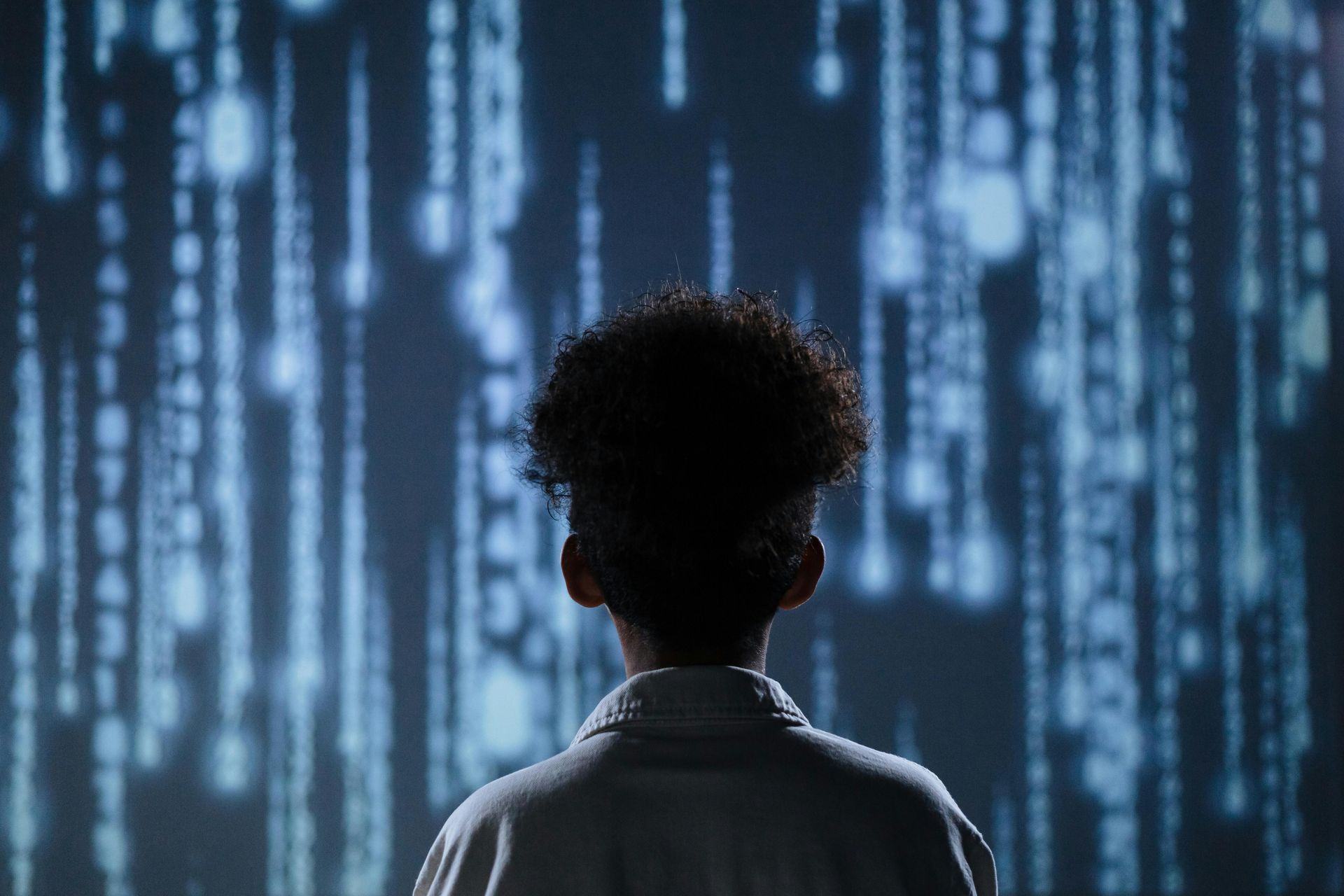AI Adoption is a Culture Question, Not a Tech Question
AI doesn’t transform your organization—your culture does.
The Myth of Technology-First Change
It’s easy to believe that AI adoption is a tech problem. But studies show that it’s fundamentally a cultural one. A 2024 synthesis of organizational research reminds us: “AI-driven change often encounters resistance, particularly when it threatens established practices or job security…” and “organizations with a culture of innovation and openness are more likely to successfully adopt AI” ResearchGateMDPI.
Harvard Business Review recently spotlighted “AI-first leadership” —where success hinges less on tools and more on leaders who reshape how humans and AI collaborate, and who guide teams into an AI-ready mindset Harvard Business Impact.
At its core, AI adoption needs Strategic Tension™—not slogans.
What Leaders Miss
Too often, executives launch shiny AI pilots without preparing employees emotionally and cognitively. Yet research shows that employees often hide their AI use. KPMG’s global study found that 57% of workers conceal their use of AI from supervisors, driven by anxiety, unclear policies, or fear of judgment Business Insider. Without transparent alignment, you're planting resistance—not adoption.
Moreover, Deloitte reports that only 37% of organizations invest significantly in change management or training to support AI adoption. Underinvestment in culture inevitably slows—and often negates—any AI transformation Deloitte.
Strategic Tension™ in Action
Here’s how you pull strategic tension into AI adoption:
- Name the cultural gap. Don’t just say “AI is coming.” Frame questions like: “If we don’t evolve how we use data and judgment, what possibilities do we miss—or risks do we carry forward?”
- Connect to human values. Use real stories of anxiety, curiosity, frustration, and the potential for creativity. Let people sense what’s at stake, not just see a new tool.
- Frame AI as capability—not cure. Working with AI should feel like learning a language, not just pressing buttons.
Alignment through Culture
A McKinsey report on workplace readiness found a striking dissonance: employees are more ready for AI adoption than their leaders assume, yet leadership readiness lags when it comes to translating AI into strategic, cultural shifts McKinsey & Company.
For organizations to close that gap, they must:
- Foster open discussions about AI—its benefits and anxieties.
- Invest in training that’s more than tech training—it’s contextual, role-based, layered over your ways of working.
- Use pilots not as endpoints, but as learning labs that feed back into broader alignment.
That’s Layered Alignment™—alignment isn’t a launch event; it’s a tapestry of norms, tools, symbols, behaviors, and stories.
Your Culture is the Mechanism, Not the Backdrop
AI doesn’t break organizations—it reveals where alignment is missing: blurred roles, unclear ownership, inconsistent narratives. But alignment isn’t built by decree—it’s built through culture.
One client in professional services launched a GenAI tool for proposal writing—but uptake stalled. The issue wasn’t the tool. It was that leaders hadn’t surfaced concerns: “Will AI replace me?” “Is creativity still valued?” “What does quality look like?”
By engaging Strategic Tension™, surfacing those fears, and living aligned behaviors—like peer-feedback sessions, rapid pilot-share feedback, and values-based coaching—they transformed adoption. AI became a creative partner, not a disruption.
Reflection Questions
- How are your people internalizing—or resisting—your AI narrative?
- Are you shaping culture, or hoping just technology will do the job?
AI won’t transform your organization—your culture will. If that shifts, everything else will follow.







